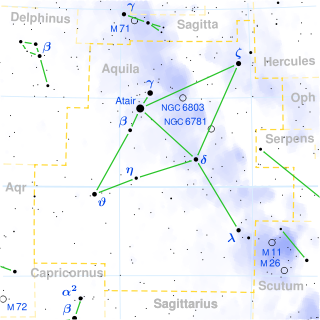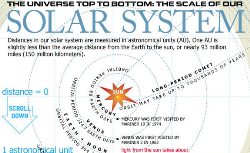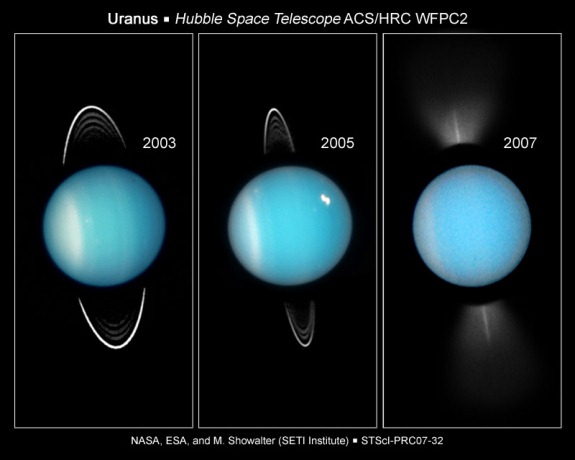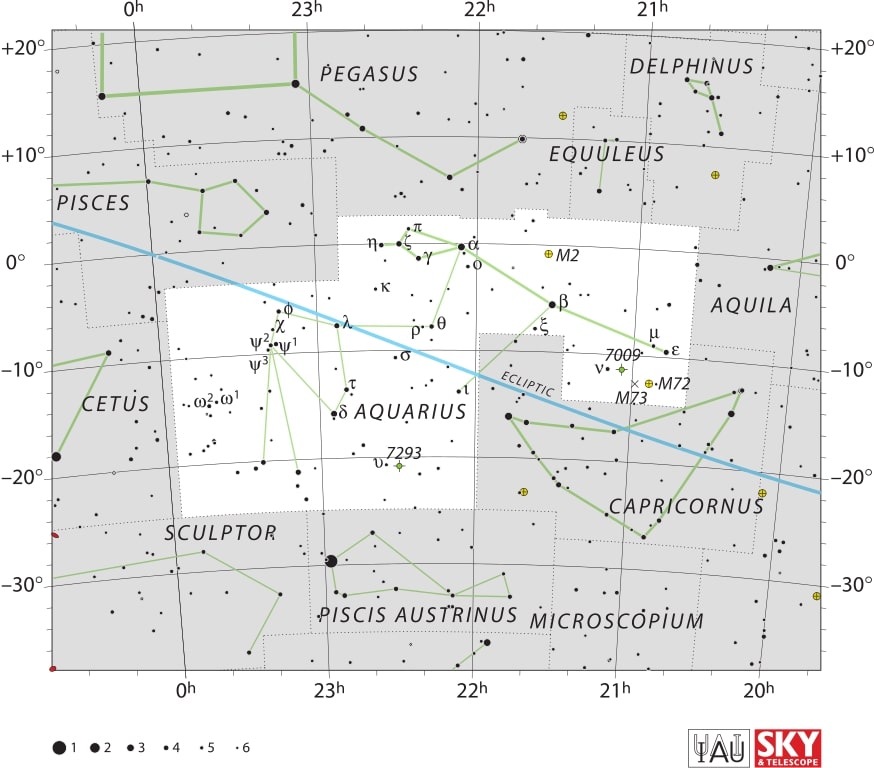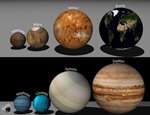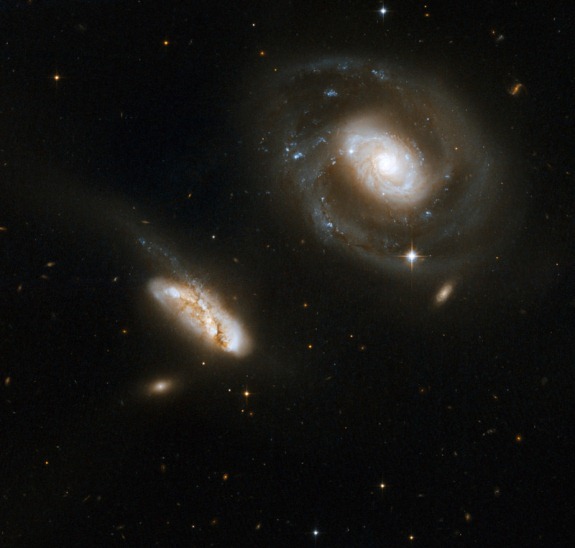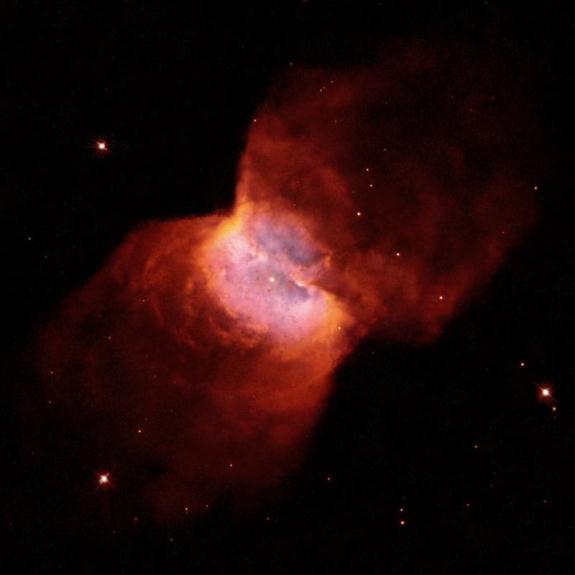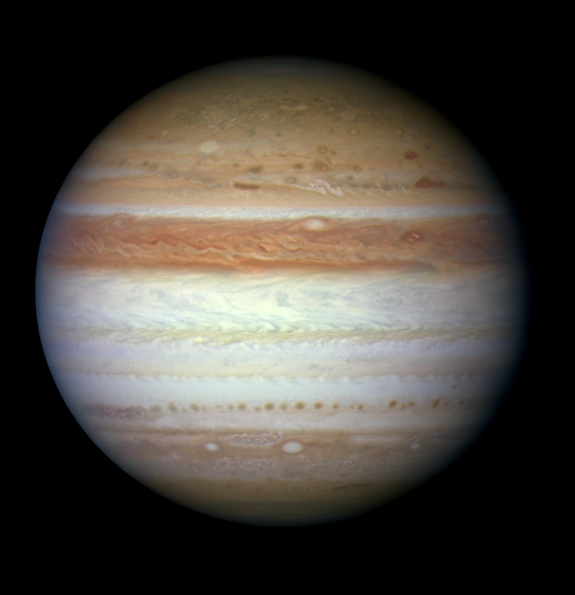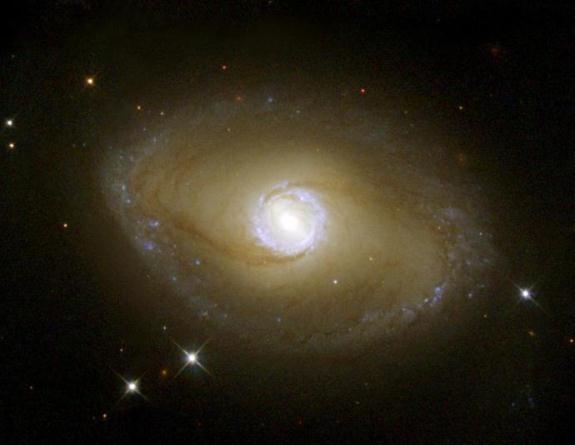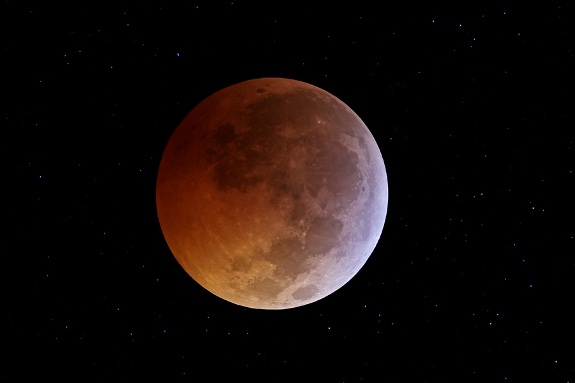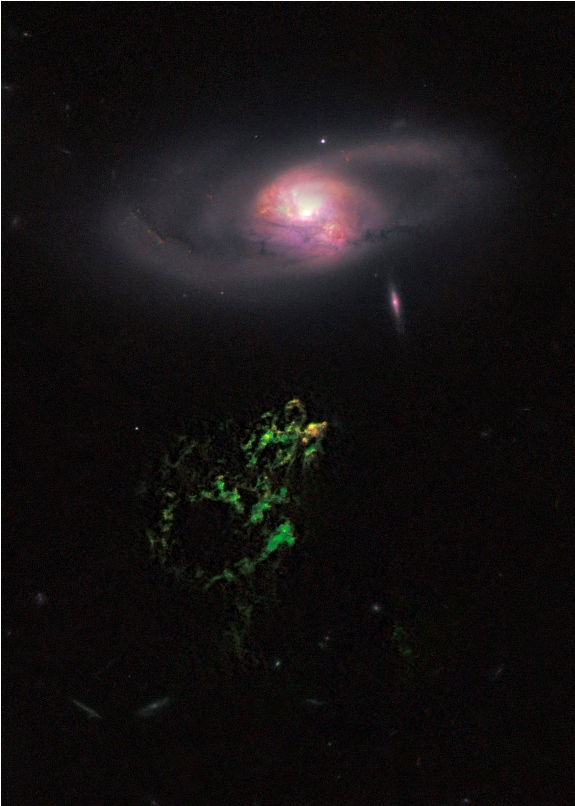Aquila Constellation
Discover Aquila, the eagle, in Greek mythology. Explore its notable stars like Altair and Alshain, as well as intriguing deep-sky objects.
The Solar System To Scale [Infographic]
The following is a huge infographic showing the true scale of the solar system with all its planets, minor bodies and the most famous probes we have sent out into deep space. Scientists measure distances in our solar system in astronomical units (AU).
Astronomy Picture of the Week – Rings of Uranus
This series of images of the rings of Uranus were taken by NASA's Hubble Space Telescope. They were taken at different times when the rings were facing the Earth at slightly different angles. In the third image, the edge-on rings appear as two spikes above and below the planet.
Monthly Stargazing Calendar for July 2011
On the night of July 28 and 29 the Delta Aquarids will peak and we can expect about 20 meteors per hour that night. Some meteors can also be seen from July 18 to August 18. The meteor shower will seem to radiate from the constellation of Aquarius. This year the thin, crescent moon will be close to the meteor shower, but its light shouldn't interfere too much. The best viewing is usually to the east after midnight from a dark location.
Earth’s Size Compared to Other Astronomical Objects [Infographic]
The Earth is only a speck of dust in the grand scale of the universe. There are stars that would even dwarf our Sun. If you thought that Aldebaran was huge, wait until you see supergiant or hypergiant stars like Betelgeuse, Antares or VV Cephei!
Aquarius Constellation
Explore the constellation Aquarius, the water-bearer. Discover its mythology, notable stars like Gliese 876, and captivating deep-sky objects like Messier 2.
Astronomy Picture of the Week – Interacting Galaxy NGC 7469
This stunning pair of interacting galaxies are in the process of merging. The barred spiral Seyfert 1 galaxy NGC 7469 and its smaller companion IC 5283 are both located about 200 million light-years away from Earth in the constellation of Pegasus. This image was taken by NASA’s Hubble Space Telescope.
Astronomy Picture of the Week – NGC 2346 Planetary Nebula
NGC 2346 is a planetary nebula which is ejected from Sun-like stars which are near the ends of their lives. It is remarkable because its central star is a very close pair of stars, orbiting each other every 16 days. The nebula lies about 2,000 light-years away from us, and is about one-third of a light-year in size.
Astronomy Picture of the Week – Jupiter as seen by Hubble
This image of Jupiter was taken by NASA's Hubble Space Telescope on June 7, 2010. Image Credit: NASA, ESA, M.H. Wong (University of Califoria, Berkeley), H.B. Hammel (Space Science Institute, Boulder, Colo.), A.A. Simon-Miller (Goddard Space Flight Center), and…
Astronomy Picture of the Week – NGC 6782
This spiral galaxy is called NGC 6782. When seen in visible light, it exhibits tightly wound spiral arms that give it a pinwheel shape similar to that of many other spirals. However, when viewed in ultraviolet light with NASA's Hubble Space Telescope, its shape is startlingly different.
Monthly Stargazing Calendar for June 2011
On June 15 there will be a total lunar eclipse which will be visible throughout most of South America, Europe, Africa, Asia, and Australia. Unfortunately it will not be visible in North America. Here is a map with the exact areas where the lunar eclipse can be witnessed…
Astronomy Picture of the Week – Space Oddity
This unusual ghostly green blob of gas appears to float near a normal-looking spiral galaxy in the image taken by NASA's Hubble Space Telescope. The bizarre object, dubbed Hanny's Voorwerp (Hanny's Object in Dutch), is the only visible part of a 300,000-light-year-long streamer of gas stretching around the IC 2497 galaxy.

